News
Beyond the Limits: Remembering Legendary Japanese Adventurer Uemura Naomi
Kiminaga Mikio
Updated in April 2021
Japanese adventurer Uemura Naomi pushed the limits of endurance. In his short life, he racked up an extraordinary list of accomplishments, including being the first person to climb five of the world’s Seven Summits and completing a grueling 12,000-kilometer solo journey across the Arctic by dog sled. This year marks the eightieth anniversary of the pioneering explorer’s birth.
Legendary Japanese adventurer Uemura Naomi was still young, just 43, when he disappeared in 1984 attempting a solo winter ascent of Denali (formerly Mount McKinley) in Alaska. Always pushing the limits of what was possible, he tackled the highest peaks and traversed the harshest landscapes, often alone, amassing an unparalleled list of achievements in his short life. This year marks the eightieth anniversary of Uemura’s birth, offering a fitting opportunity to reflect on the legacy of the pioneering figure.
Exploring the Globe
Uemura was born in 1941 in the farming hamlet of Kokufu (now Toyooka) in the Tajima region of northern Hyōgo Prefecture. The youngest of seven children, he grew up surrounded by abundant nature in Tajima, an area also known for its harsh winters. He spent his formative years in bucolic bliss, helping on the farm, including grazing the family’s herd of Tajima cattle, and romping along the banks of the Maruyama River. A typical youth in most respects, he had a gentle, unassuming manner that hid a strong competitive streak and desire to stand out from the crowd. Hardened by the heavy winter snowfalls and frigid seasonal winds that blow off the Sea of Japan, he demonstrated as an adult a resourcefulness, iron fortitude, and unflagging work ethic characteristic of inhabitants of Japan’s snow-heavy regions.
Uemura started his climbing career in college, joining the alpine club at Meiji University. A novice at mountaineering, during his first outing with the group to Mount Shirouma in Nagano Prefecture he struggled to keep pace with the other climbers. Chastened by the experience, he threw himself into training, his competitive spirit pushing him to spend roughly a third of the year honing his skills in the field. He had a natural talent for climbing and eventually took a leadership role in the club.
A voracious reader of alpine guides, Uemura longed to scale the mountains of the Alps, an aspiration Japan’s circumstances at the time rendered nearly impossible—travel restraints and a set exchange rate of ¥360 to $1 put trips abroad out of reach for most people. Vexed by his limited options for climbing, his frustration boiled over when he heard that a classmate had gone glacier climbing in Alaska, an experience he could only dream of. Relief finally came in 1964 with the lifting of postwar restrictions, including Japan’s abolition of foreign currency controls, putting the adventures Uemura had pined for within reach.
After graduating from university, Uemura shunned the path of his job-seeking peers and set off to travel the world, boarding a ship to Los Angeles with a mere $110 in his pocket. Over the next four and a half years he would circumnavigate the globe in search of new challenges. In Southern California, he saved up enough money doing part-time jobs to travel to France, where he would return intermittently to replenish his funds by working long days at a ski resort before heading out on another venture. Almost immediately he began racking up records: he joined guide Pemba Tenzing in making the first successful ascent of the 7,916-meter Himalayan mountain Ngojumba Kang (Tenzing Peak), a feat done as part of an expedition by the alpine club of Meiji University, and completed the first solo journey by raft down the Amazon River, a trip of some 6,000 kilometers. With an insatiable appetite for adventure, Uemura chipped away at the world’s Seven Summits, conquering peaks like Mont Blanc (then considered the tallest in Europe), Africa’s Kilimanjaro, and South America’s Aconcagua, and repeatedly made forays into the polar regions.
Going it Alone
Uemura eventually returned to Japan, but his wanderlust would not allow him to stay put for long. In May 1970, he joined the Japanese Alpine Club’s expedition to Mount Everest and was the first Japanese, and only the twenty-fourth person, to stand atop the world’s highest peak. A mere three months later, in August, he completed the first-ever solo ascent of Denali and became the first alpinist in history to climb five of the Seven Summits. What is even more remarkable is that Uemura achieved these heights before he turned 30.
| Name (Country) | Height | Month and year climbed | Age |
|---|---|---|---|
| Mont Blanc (France/Italy) | 4,807 m | July 1966 | 25 |
| Kilimanjaro (Tanzania) | 5,895 m | October 1966 | 25 |
| Aconcagua (Argentina) | 6,960 m | February 1968 | 26 |
| Everest (China, Nepal) | 8,848 m | May 1970 | 29 |
| Denali (United States) | 6,194 m | August 1970 | 29 |
Uemura had taken part in a number of high-profile climbing expeditions, but in 1971, a brace of ill-fated trips forced him to rethink his involvement in large teams. The first of these was a winter ascent of the north face of the 4,208-meter Grandes Jorrasses in the Alps. The climbing team Uemura was part of reached the summit without issue, only to be caught in a storm as the group plodded back down the mountain, resulting in five members losing digits to frostbite. The following month, Uemura returned to Mount Everest as part of a high-profile international expedition. Despite a valiant effort carrying loads high up the mountain, though, he could only watch as accidents and infighting caused the expedition to fall apart before his eyes.
While Uemura enjoyed the comradery of being part of climbing teams, the two fateful experiences left him in a state of malaise. He did not have an unfavorable view of group undertakings, but he found them inhibiting. The more he considered his goals, the more he came to believe that solo endeavors, which had not been his main focus up to then, best matched what he hoped to accomplish.
The decision opened new prospects and relit in Uemura a long-held ambition of making a solo crossing of Antarctica. Switching his focus from mountaineering to polar exploration, he set his eyes on the most extreme prizes. Having spent much of his early career engaged in independent adventures, he trusted his abilities. In a sense, by choosing to go it alone, he was returning to his roots, a proposition that he surely delighted in—but that on Denali would have grave consequences.
Polar Conquest
Uemura was captivated by the polar regions. During his first outings in the Arctic, he embraced the native culture and language while living in indigenous Inuit communities, his laidback nature endearing him to residents and allowing him to blend in almost effortlessly. In 1972, he spent a long stint in the northern Greenland settlement of Siorapaluk, where under the instruction of locals he learned how to drive a dog sled and other native skills necessary to survive alone in the unforgiving environment.
In April 1973, he tested his nascent abilities, setting out by dog sled on a round-trip journey along the northwest coast of the island, covering a distance of some 3,000 kilometers on his own. His next outing, a 12,000-kilometer solo trek across the Arctic from Greenland to Alaska via the north coast of Canada, taxed his polar survival skills to the very limit. Uemura set off on the grueling journey in December 1974 and spent the next year and a half navigating the frozen, rugged expanse. His arrival in Alaska in May 1976 was a major triumph, his success against all odds solidifying his reputation as a world-class explorer.
Several years back, I had the pleasure of editing the paperback edition of Hokkyokuken 12,000 kiro (12,000 Kilometers Across the Arctic), Uemura’s account of his journey. The well-written work draws readers in with its vivid depiction of what Uemura endured, such as his bemusement at the escape of his dog team early in the expedition and his perpetual fear of polar bears. For me, reading the book felt as if I was sitting alongside Uemura every kilometer of the remarkable trip.
In 2015, I decided to travel to Greenland and spend a month in Siorapaluk, retracing Uemura’s footsteps there. The adventurer had lived for 10 months in the tiny outpost, and I was pleased to find that he was still fondly remembered by many of its residents. I met one who proudly recounted childhood memories of meeting Uemura and helping him learn the local Inuit language—by all accounts Uemura was a natural.
Uemura returned to the Arctic in 1978. In another impressive display of will and endurance, he travelled by dog sled to the North Pole in April, and then in August journeyed north to south across the inland of Greenland.
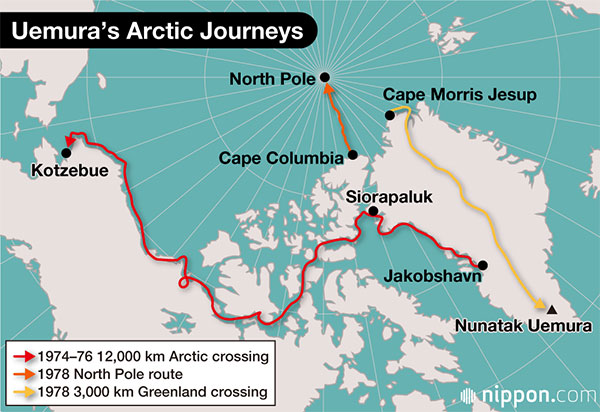
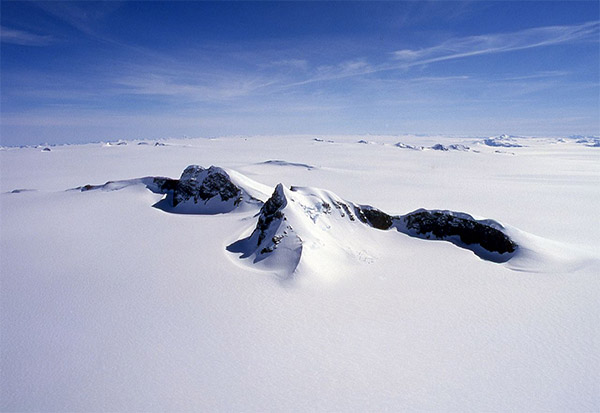
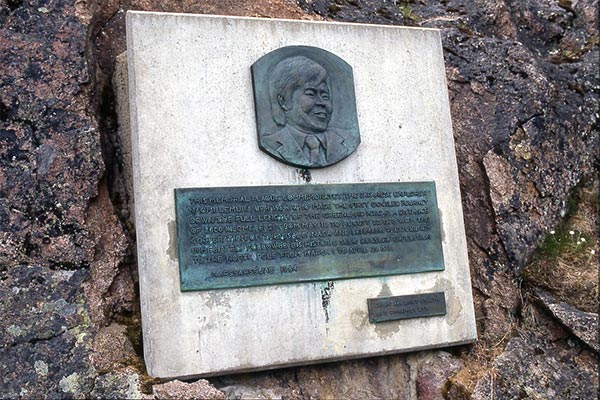
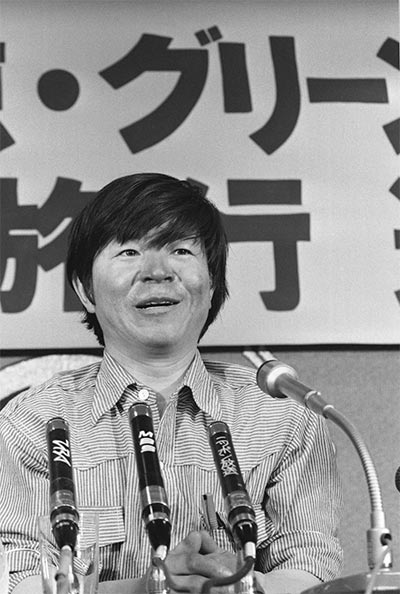
A Humble Adventurer
In the Arctic, Uemura nurtured his vision of making a solo crossing of the South Pole by dog sled. Following his successes in the northern extremes, he wasted little time in planning his next great adventure. In January 1982, he traveled via Argentina to an Argentinian military base on the Antarctic Peninsula, where he began making his final preparations for the unprecedented journey across the southern continent. It was never to be, though. To Uemura’s utter dismay, the outbreak of the Falklands War between Argentina and Britain in April of that year forced him to abandon the endeavor before it got underway.
Uemura, although greatly disappointed to have his plans foiled by forces completely beyond his control, was far from defeated. Shelving his decade-old dream of soloing across Antarctica, he turned to other adventures. In 1984 he returned to Denali with the aim of making a winter ascent of the mountain alone, which he accomplished on February 12, his forty-third birthday. But on the following day, amid inclement weather, he went missing as he made his way down from the peak.
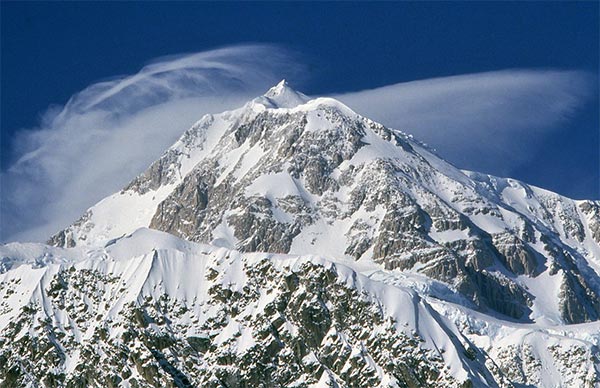
Uemura’s career spanned Japan’s rise as a global economic power, and in many ways he embodied the spirit of the nation at the time. He entered university in 1960, a year that saw massive demonstrations against the government’s railroading through a revision of the Japan-US Security Treaty, and like others in the country he chafed against the forces that kept him from seeking out his potential. When those barriers were removed, he burst onto the world stage in search of new challenges, paralleling Japan’s own rapid economic growth after 1964. He did not bow to convention, but relied on his ingenuity, hard work, and determination to take him where his dreams led, leaving his mark on the vast, uncharted territories of the world.
In 2014 I paid a visit to the Alaskan settlement of Kotzebue, the end point of Uemura’s 12,000-kilometer journey across the Arctic. The beauty of the region is breathtaking. Flying over the endless tundra and its countless rivers, it seemed as if the plane was hanging motionless in the air, the scene broken only by the glaciers of Denali stretching into the horizon and the mountain itself glimmering like a sacred jewel. As the aircraft approached the tiny outpost, I thought of how humbling it must be for residents to live in such a magnificent and unforgiving environment.
Uemura shared with the native inhabitants a deep respect for this remote land, but he did not let his awe of it keep him from confronting its harshness. Experiencing the nature and meeting the indigenous people of the remote areas Uemura visited, I started to understand a little why his legacy as an adventurer endures today.
(Originally published in Japanese. Banner photo: Uemura Naomi smiles after reaching the North Pole by dog sled on April 29, 1978. © Bungei Shunjū.)
Contributed by Nippon.com







